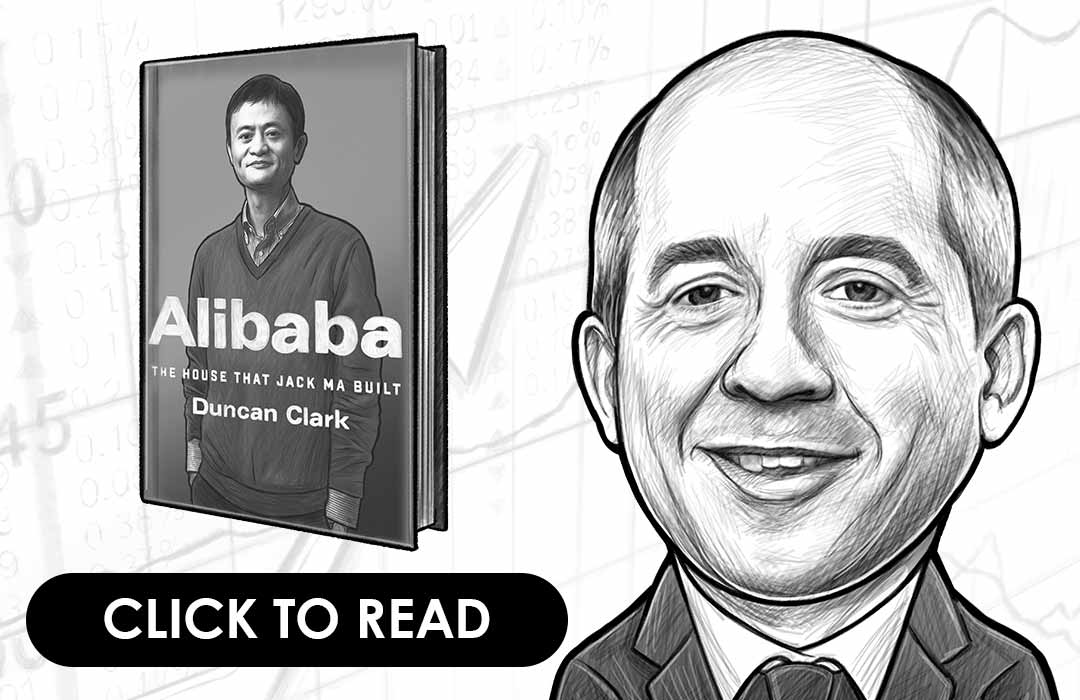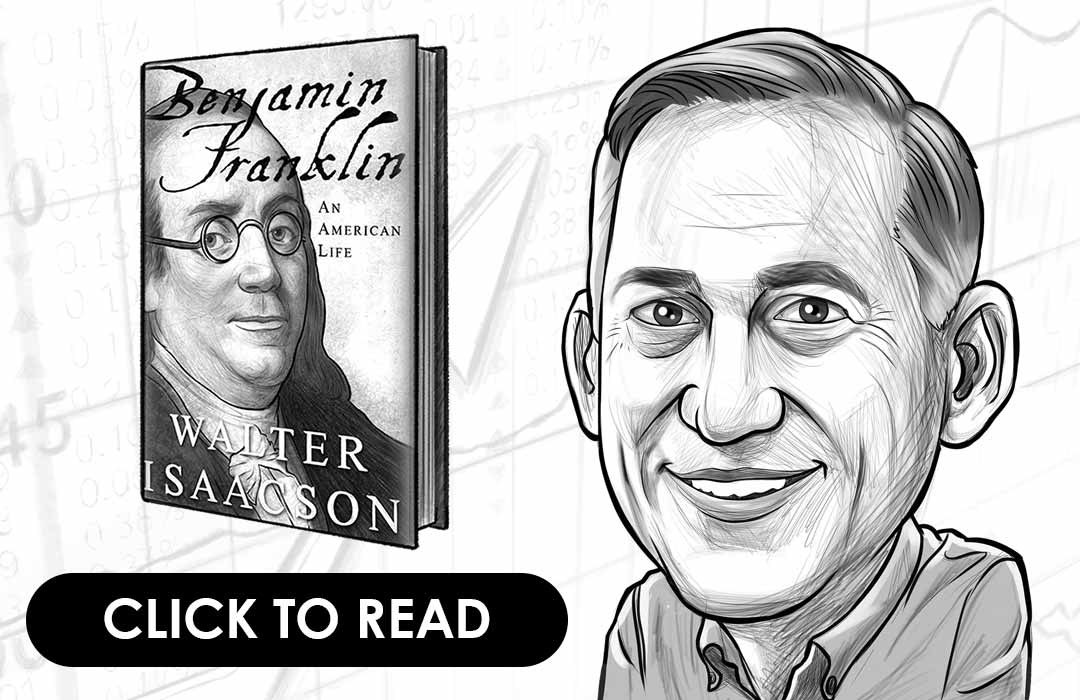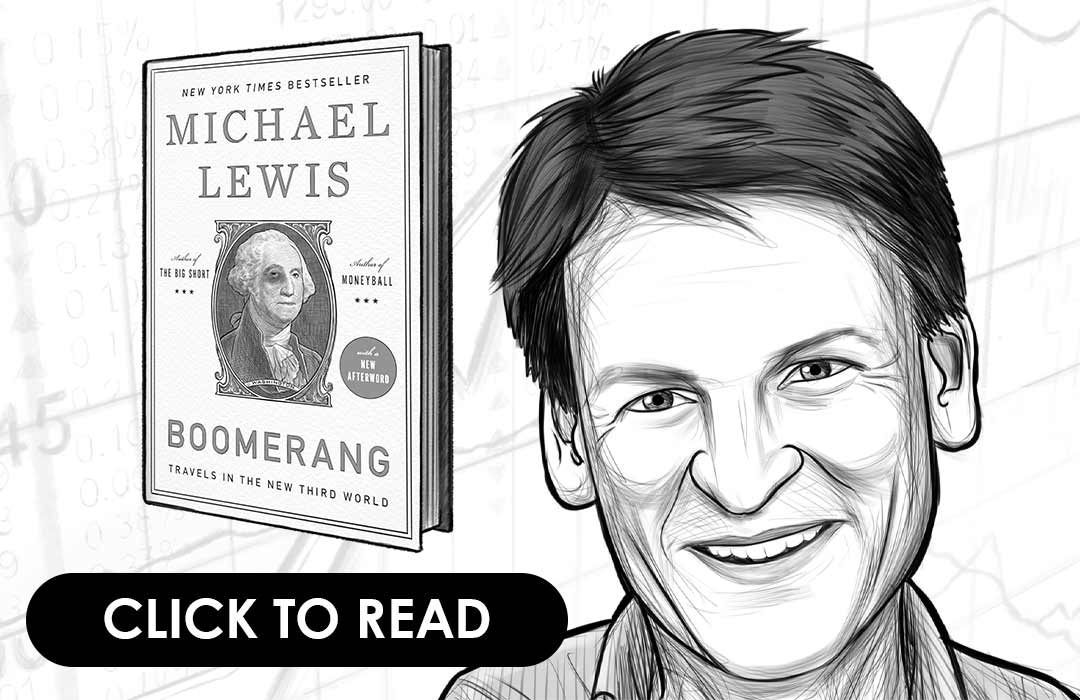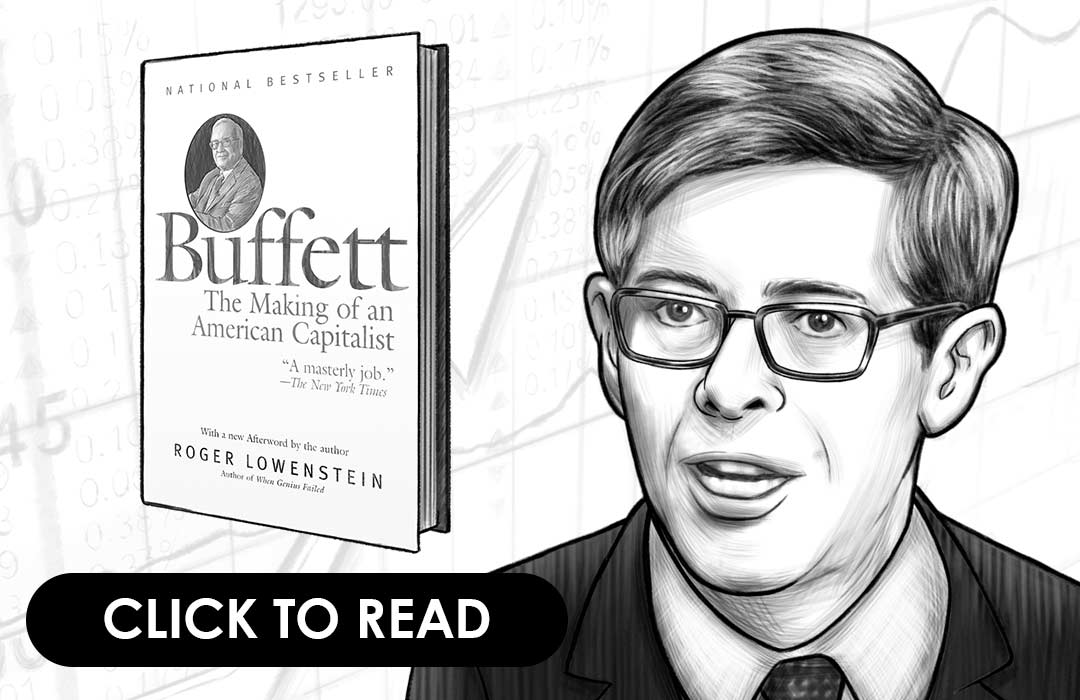An Executive Summary Of Creativity, Inc.:
Overcoming The Unseen Forces That Stand In The Way Of Inspiration
By Ed Catmull
WHO IS ED CATMULL?
Edwin Catmull was born on March 31st, 1945 and he is the president of Walt Disney Studios and Pixar Animation Studios. Catmull’s expertise lies in computer graphics and film and he has received two Oscars and 5 Academy Awards for his brilliant work. Catmull always dreamt of becoming an animator for feature films as he was inspired by movies such as Pinocchio and Peter Pan. At an early age he recognized his talents could be put to use elsewhere and pursued Computer Science and Physics at the prestigious University of Utah. In an effort to document his experience leading one of the most creative companies in the world, Catmull wrote the brilliant book: Creativity, Inc.
PRESTON AND STIG’S GENERAL THOUGHTS ON CREATIVITY, INC.
Ed Catmull is refreshingly different than many of the men and women we typically study on the podcast. For him success is all about creativity and delivering the best product. For anyone that has read the book, Jobs, by Walter Isaacson, you can find many parallels between the things Catmull and Jobs value. For example, they both regard the customer experience and quality as an uncompromising end state for anything they create.
The book is all about creating and protecting a creative culture in your organization. My favorite part is his honest stories about working with Steve Jobs and how he grew Pixar for almost 3 decades. It was never easy, but as you will learn in this book, passion, vision, and ultimately creativity, outlasts even the grimmest realities.
Understand the financial markets
in just a few minutes.
Get the daily email that makes understanding the financial markets
easy and enjoyable, for free.
CHAPTER 1: ANIMATED
Ed Catmull begins this chapter by talking about how hierarchy means nothing, especially when it comes to creativity. The nature of management is such that the decisions made initially give rise to multiple decisions, thereby creating many problems. It’s not easy to disengage these problems by simply rectifying the fundamental errors. In fact, these problems stare right at us in the face, and the key to solving such problems is to recognize what works and what doesn’t. Pixar adheres to this principle even today, but Catmull had realized this even before Pixar existed.
As a kid, Catmull was enthralled by the Disney shows aired every week. Right from Donald Duck to Mickey Mouse, he was fascinated by how the artists working in Disney could transform a comic character into a real entity that displayed emotions. Unlike other kids who were more interested in the shows, Catmull was intrigued about the world of Disney where creativity had no limit. He later pursued Physics because he felt that he wasn’t talented enough to work at Disney, but it was this very pursuit that made him realize his true calling years later.
CHAPTER 2: PIXAR IS BORN
Catmull began working for Alex Schure – a multimillionaire who wanted somebody to run the show – and shifted to New York Institute of Technology. Catmull didn’t have a lot of experience at the time, but Alex trusted the people he hired, and allowed Catmull to form his own team. Catmull, inspired by Alex, hired Alvy Ray even though he felt that Alvy was smarter than him. Most people usually hire someone who’s less threatening, but Catmull asserts that it’s best to take chances on someone who is better than you.
Catmull also learned more as a manager in NYIT, but the hiccup was that there weren’t too many people knowledgeable about filmmaking. Hollywood filmmaking wasn’t on top priority at the time, but Star Wars changed everything. George Lucas, the director, wanted experienced people in computers and filmmaking, and this led him to Catmull.
CHAPTER 3: A DEFINING GOAL
In 1986, Catmull became the president of a hardware company that appeared like a Silicon Valley startup on the outside but was anything but on the inside. Teamed with Steve Jobs, John Lasseter, and Alvy Smith, Catmull knew that they were drowning since they didn’t have a lot of experience in running such a business. With a common goal to sell Pixar Image computers, Catmull and his colleagues struggled with financial constraints, and the situation seemed bleak to all of them.
Steve Jobs helped by funding the company, but he imposed conditions that seemed far away from reality. Soon, it became evident to them that they had to stop selling hardware because there was no significant contribution derived through sales. Steve Jobs also tried selling Pixar but even after conducting meetings with Microsoft who offered $90 million, he refused to go lower than $120 million. Interestingly, Catmull says that it was unclear whether Pixar could do better with or without Steve Jobs, thanks to his attitude that managed to frustrate most of the team members.
CHAPTER 4: ESTABLISHING PIXAR’S IDENTITY
Pixar went on to release Toy Story and A Bug’s Life that sparked Disney’s interests to work with them. Upon Disney’s request, they agreed to release Toy Story 2 directly to the video market, which in hindsight was a terrible mistake. Movies released ‘direct-‐to-‐video’ were considered low quality and Pixar struggled with internal issues. There were many differences in the creative teams since the team members of Toy Story 2 weren’t too keen to produce low-‐quality work.
Fortunately, they fixed the mistake and decided to release the movie in the theaters. Of course, this meant that they suddenly had two major films to be released, but it also comforted them that they hadn’t compromised on their core values. However, even after they finished Toy Story 2, they weren’t happy with the way it had turned out. The alternative was to either release it or re-‐do it, and they decided to start from scratch again. They also formed the Braintrust group that shaped the movie. Therefore, Catmull says that the right chemistry and the right people are more important than a great idea itself.
CHAPTER 5: HONESTY AND CANDOR
In this section, Catmull talks more about one of Pixar’s important mechanisms – the Braintrust. This group focused on guiding the company towards excellence by solving problems according to the feedback they received. Passionate members of the company were asked to give suggestions candidly. This made them speak freely, and with genuine suggestions passed around, Pixar developed a healthy working environment that produced phenomenal results.
Braintrust helped Pixar in more ways than one. The members of the team argued with each other, but they always did so keeping the interests of the company in mind. When people working in an organization lack trust they seldom speak their minds. This dishonesty often corrupts a company, and the employees develop a fear of expressing their genuine opinions. With Braintrust, there were no such problems. Since the members supported and respected each other’s opinions, the results were impressive. Catmull insists that a genuine feedback system will work only when the company focuses on problems rather than people, which means that the power dynamics will have to be ignored.
CHAPTER 6: FEAR AND FAILURE
In this chapter, Catmull talks about the fear of failure embedded in our lives. When Pixar began developing Toy Story 3, they felt incredible since the progress was smoother than they had expected. Sure, they still had minor issues, but they could quickly fix them and move on. In fact, Pixar was successful mainly because they recognized their mistakes before turned into disasters.
Pixar also experienced costly failures, but it’s important for an organization to understand the meaning and benefits of failures. If we didn’t make mistakes, we would never learn more or have the desire to gain more knowledge. Mistakes are treated as evil, but they are far from that. Ever since our childhood, we are taught to fear failure. Failure often comes with its baggage, and we begin to believe that it’s embarrassing to fail. In fact, we detest failure so much that we avoid it at all costs. However, in Pixar, failure is treated differently. They address their failures and find ways to turn them into progress. Likewise, we will all taste failure at one or the other point of time. It’s okay to experiment with ideas and see where they take us because if we don’t, our fear of failing will stop us from progressing forward.
CHAPTER 7: THE HUNGRY BEAST AND THE UGLY BABY
As Disney produced several animated movies, they were constantly under pressure to create more content. They wanted to “feed the beast”, which referred to the hunger they generated. Every time they made a movie, they had to scramble and keep up with the demands of the market. Of course, this is prevalent in many industries and isn’t common in Hollywood alone, but no matter where it occurs, the result usually leads to low-‐quality work.
After The Lion King hit the theaters in 1994, Disney began to decline slowly with not even one animated film bagging the top spot at the box office until 2010. Catmull believes that this slump was due to their motto of feeding the beast. He referred to the early mock-‐ups of his films as “Ugly Babies” – deformed, delicate and vulnerable to the beast – that still had a long way to before they could be released. When exposed in this state to naysayers, it could be destroyed. Originality is indeed fragile, and a company becomes stronger only when they protect the ugly babies – new concepts that still needs polishing – from people who don’t understand the concept.
CHAPTER 8: CHANGE AND RANDOMNESS
When Disney bought Pixar in 2006, Catmull had a hard time convincing his people that they wouldn’t change. In the event of such a massive merger, it was natural for Pixar employees to fear that they would lose their work culture. Catmull assured them that Pixar would continue the way it was working, and he also admits that it was the dumbest thing he’d ever done.
If a company wants to move forward, they must adapt to changes because it’s the only way to grow more. It’s not possible to expect progress if a company sticks to its routines so much that they completely avoid any changes. Later, when Catmull cleared his stance, he said that they had to embrace the changes and that it was a part of a growing company.
CHAPTER 9: THE HIDDEN
In this chapter, Catmull talks about the hidden problems that eventually lead to catastrophes in companies. Many successful organizations fail not because of poor decisions but because they fail to discover the hidden problems they can’t see or predict. When Steve Jobs suggested that Pixar went public, he argued that they needed a financial cushion when one of their movies bombed at the box office. Failure is inevitable – it happens to everyone – but if you uncover the hidden and prepare for it, you’ll be in a better position to lead the company.
CHAPTER 10: BROADENING OUR VIEW
It’s easy to say that an organization needs to be flexible, but it’s tough to follow that principle. It can be an enormous task to manage scores of employees for large organizations. While problems erupt due to different perceptions, companies tend to follow what they already know and become rigid. Catmull describes Pixar’s mechanisms that have been applied and developed all these years:
- Dailies – Daily meetings that were held to boost the morale of the group.
- Research Trips – Pixar believes in the power of researching so much that the creative team members often spend time in different locations, based on the characters they create. Incredibly, many members of the movie Finding Nemo became scuba certified because, well, Nemo was after all a fish!
- Setting Limits – It’s great to develop a hunger for perfection and excellence, but it’s important to set parameters even in that area because it can help you refocus on matters that really demand your attention.
CHAPTER 11: THE UNMADE FUTURE
People often assume that creative people have a sudden insight that guides them to produce new stuff. Catmull disagrees and asserts that creative individuals or artists realize their visions after several years of dedicated struggle. When he’s asked about the future of animation, he doesn’t have an accurate answer because the technology hasn’t even been invented yet. The unknown makes you uncomfortable, and creativity demands that artists travel unknown paths that haven’t been explored. In Pixar, they believe that it’s important to create a mental model that helps them sustain, and it’s this very model that guides them towards originality – to the unmade future.
CHAPTER 12: A NEW CHALLENGE
Catmull takes us back in time by talking about the $7.4 billion acquisition deal between Disney and Pixar in 2005. Catmull and others were shocked by Steve’s suggestion at first, considering that there was a lot of animosity between Pixar and Disney previously. However, this wasn’t an ordinary merger, thanks to Steve Job’s brilliant tactics. Catmull and John from Pixar were to lead both Disney and Pixar animation because a disparity in leadership would only drag both the companies down. This meant that Catmull and others at Pixar not only had the opportunity to keep their core values intact but also to test new challenges in a new arena.
Understand the financial markets
in just a few minutes.
Get the daily email that makes understanding the financial markets
easy and enjoyable, for free.
CHAPTER 13: NOTES DAY
With Tangled and Frozen surpassing their expectations at the box-‐office, Pixar and Disney were on a roll. As the company began to expand, new arrivals were welcomed, and while some people respected the work culture, they were also hindered by it. Slowly, it was becoming evident that Pixar’s policy of candor was now being compromised. Employees were holding back suggestions, and this wasn’t good news for the company. Soaring production costs also added to their troubles and this made Pixar come up with “Notes Day” – a day where the company shuts down to elicit genuine feedback from the employees.







